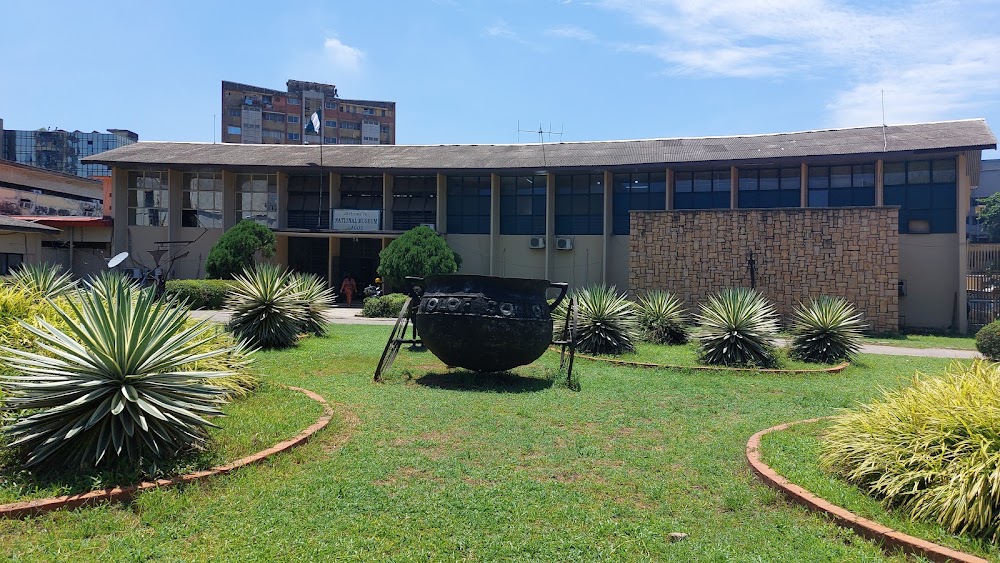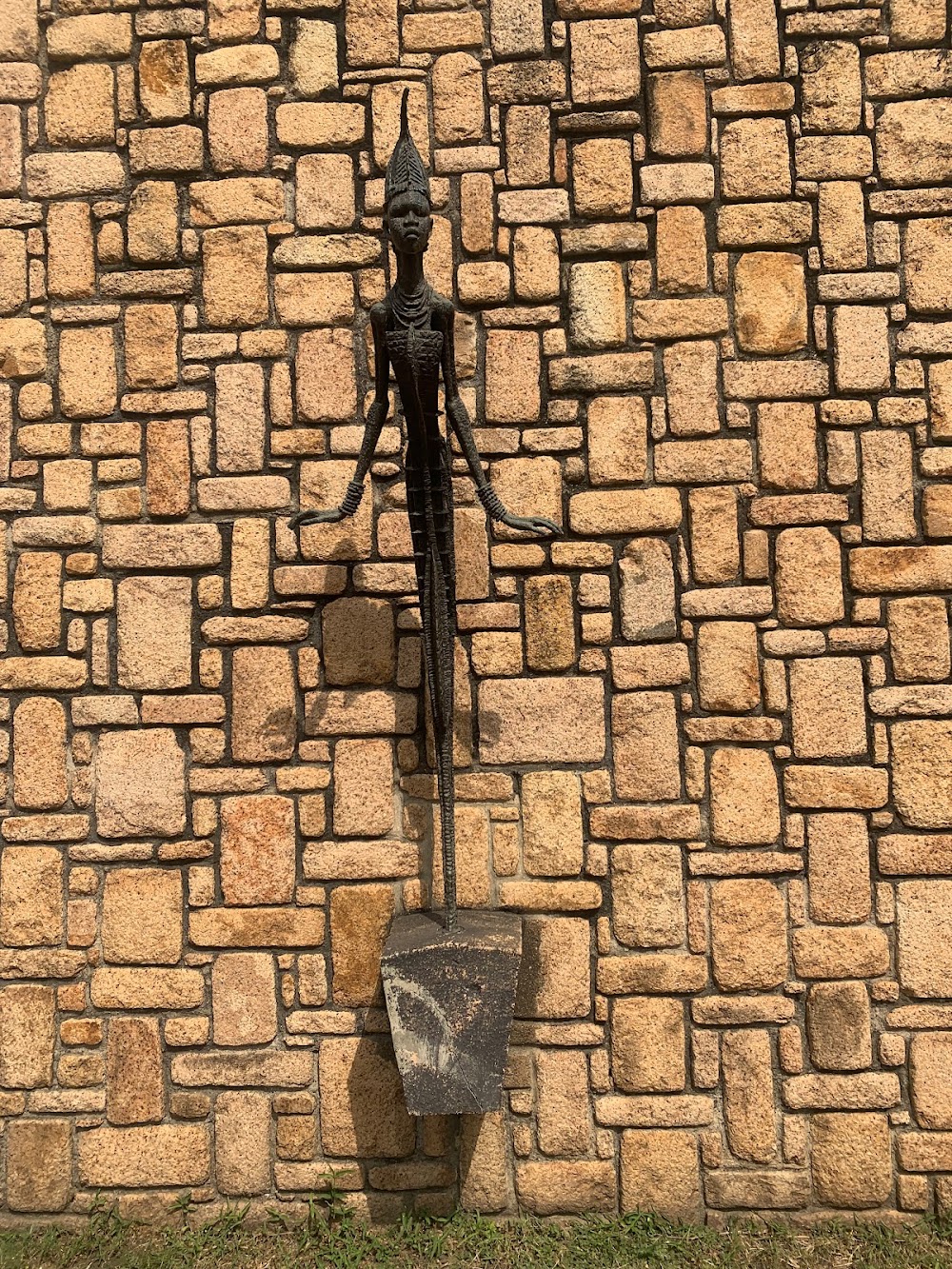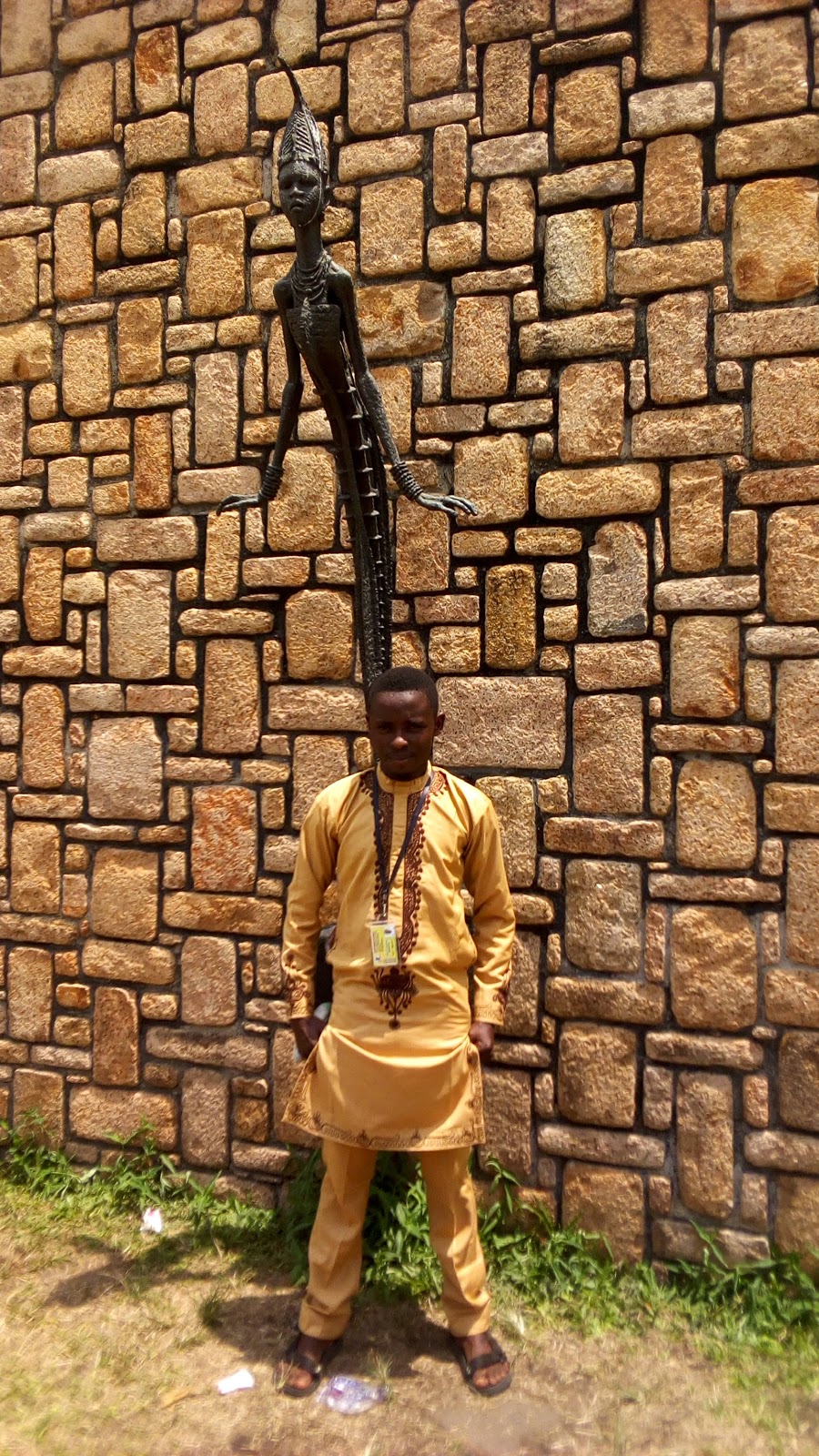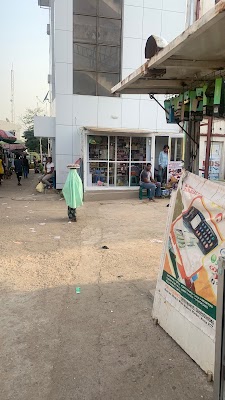Nigerian National Museum (Nigerian National Museum)
Overview
The Nigerian National Museum in Lagos, not to be confused with any museum in Abuja or the Northern Mariana Islands, is a significant cultural and historical landmark in Nigeria. Founded in 1957 by the notable British archaeologist Kenneth Murray, this museum was created as a place to preserve and showcase the rich cultural heritage and history of Nigeria.
Kenneth Murray recognized the importance of protecting Nigeria's cultural treasures during a time when many artifacts were being removed from the country or destroyed. He initiated the establishment of the museum in Lagos due to its role as a bustling center of trade and culture. Lagos, being the capital of Nigeria at that time, was the perfect location for a national museum that could attract both locals and international visitors.
The museum was built using traditional architectural styles blended with modern designs to create a welcoming and educational environment. It features several exhibition galleries that house an impressive collection of artifacts, including ancient terracotta sculptures, statuary, brass works, and objects of ethnographic interest. Visitors can see items such as the famed Nok terracotta pieces, which date back to 500 BC, and the Benin Bronzes, which illustrate the rich history and advanced metallurgical skills of the Benin Kingdom.
In the museum, there are also sections dedicated to contemporary Nigerian art, providing insight into the evolution of artistic expression in the country. Exhibits are carefully curated to tell the story of Nigeria's diverse ethnic groups, their histories, and cultural practices. Through these displays, visitors can gain a deeper understanding of Nigeria’s historical timeline from prehistoric times through the colonial era, and into the post-independence period.
One of the standout features of the museum is the "Crafts Village," an outdoor space where artisans demonstrate traditional crafts such as weaving, pottery-making, and carving. This interactive aspect of the museum not only preserves these important cultural practices but also educates younger generations and tourists about Nigeria's artistic heritage.
Throughout its history, the Nigerian National Museum has played a crucial role in preserving the nation’s cultural identity. It has also acted as a research center for historians, archaeologists, and students, offering valuable resources and archives. The establishment of this museum helped set the precedent for the protection of artifacts and the establishment of heritage policies in Nigeria.
In addition to its role as a custodian of history, the museum is an educational hub. It conducts outreach programs, workshops, and seminars aimed at fostering a deeper appreciation for Nigeria’s cultural heritage. Schools frequently organize trips to the museum, where students can take part in guided tours and learn about the country's history in an engaging and interactive manner.
Over the years, the Nigerian National Museum has received numerous donations and acquisitions, expanding its collection and influence. It continues to develop new exhibits and displays, ensuring that its offerings remain relevant and engaging for both local and international visitors.
In conclusion, the Nigerian National Museum in Lagos stands as a testament to the country’s dedication to preserving its rich cultural legacy. Patrick Murray’s vision of a museum that could both educate and inspire future generations has been realized in this remarkable institution. Through its vast collections and vibrant programs, the museum remains a vital guardian of Nigerian history and culture.








